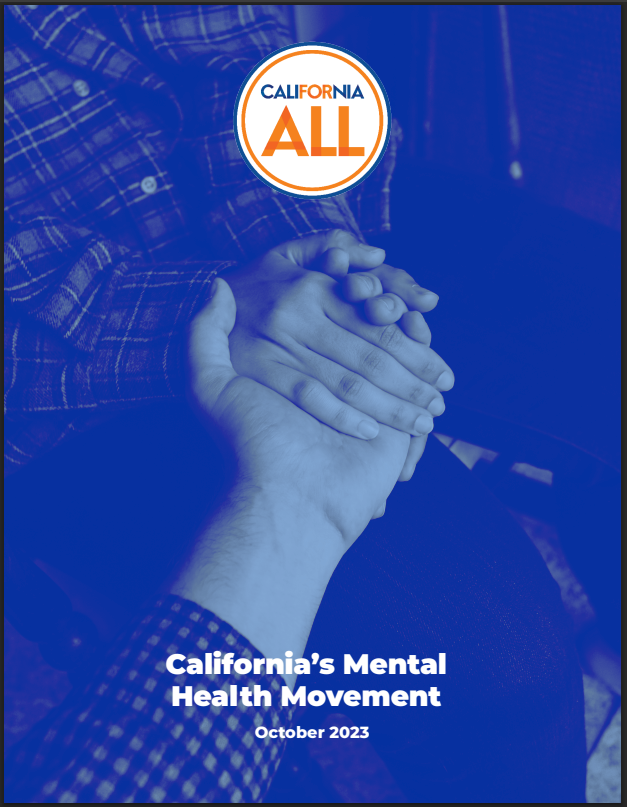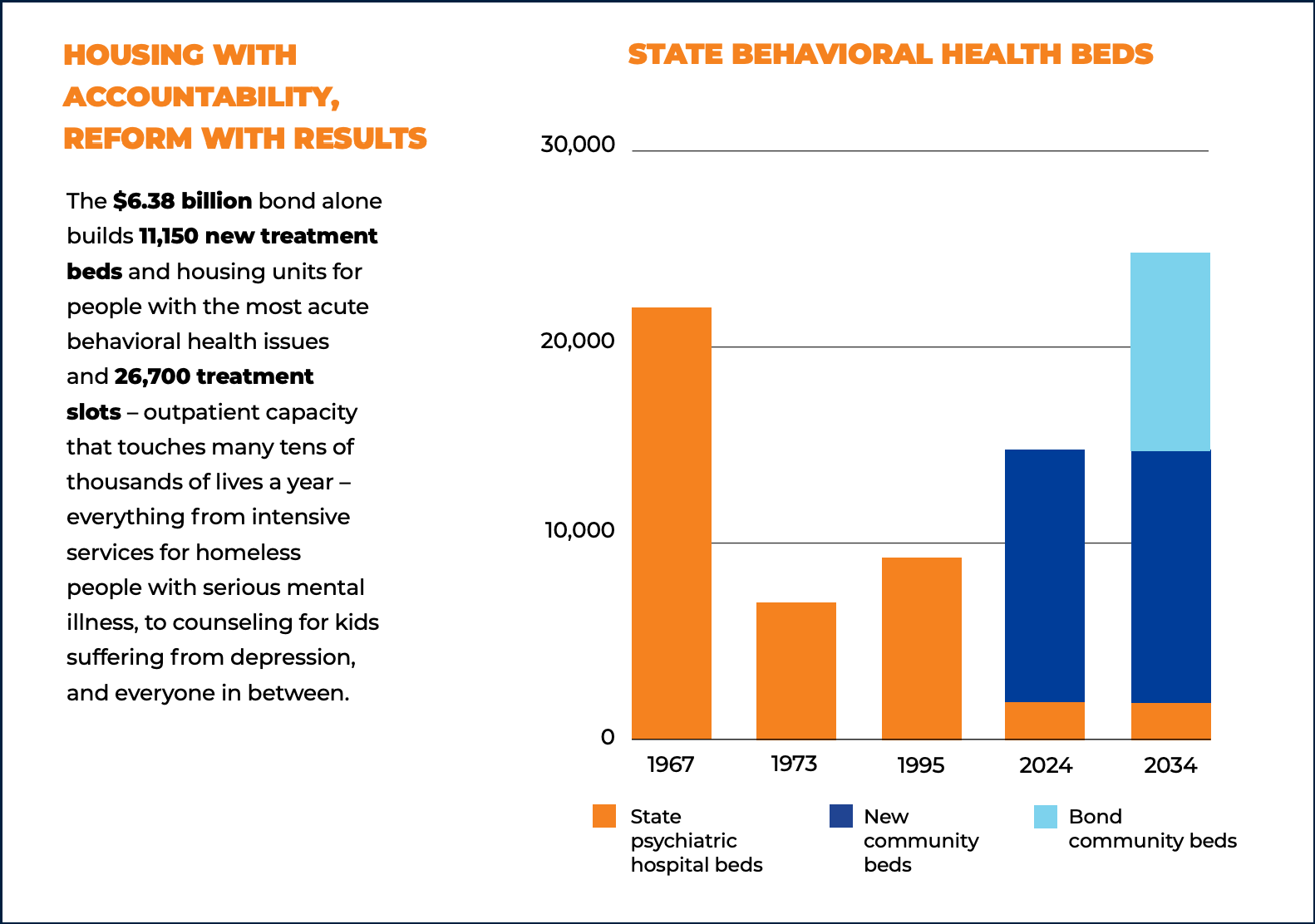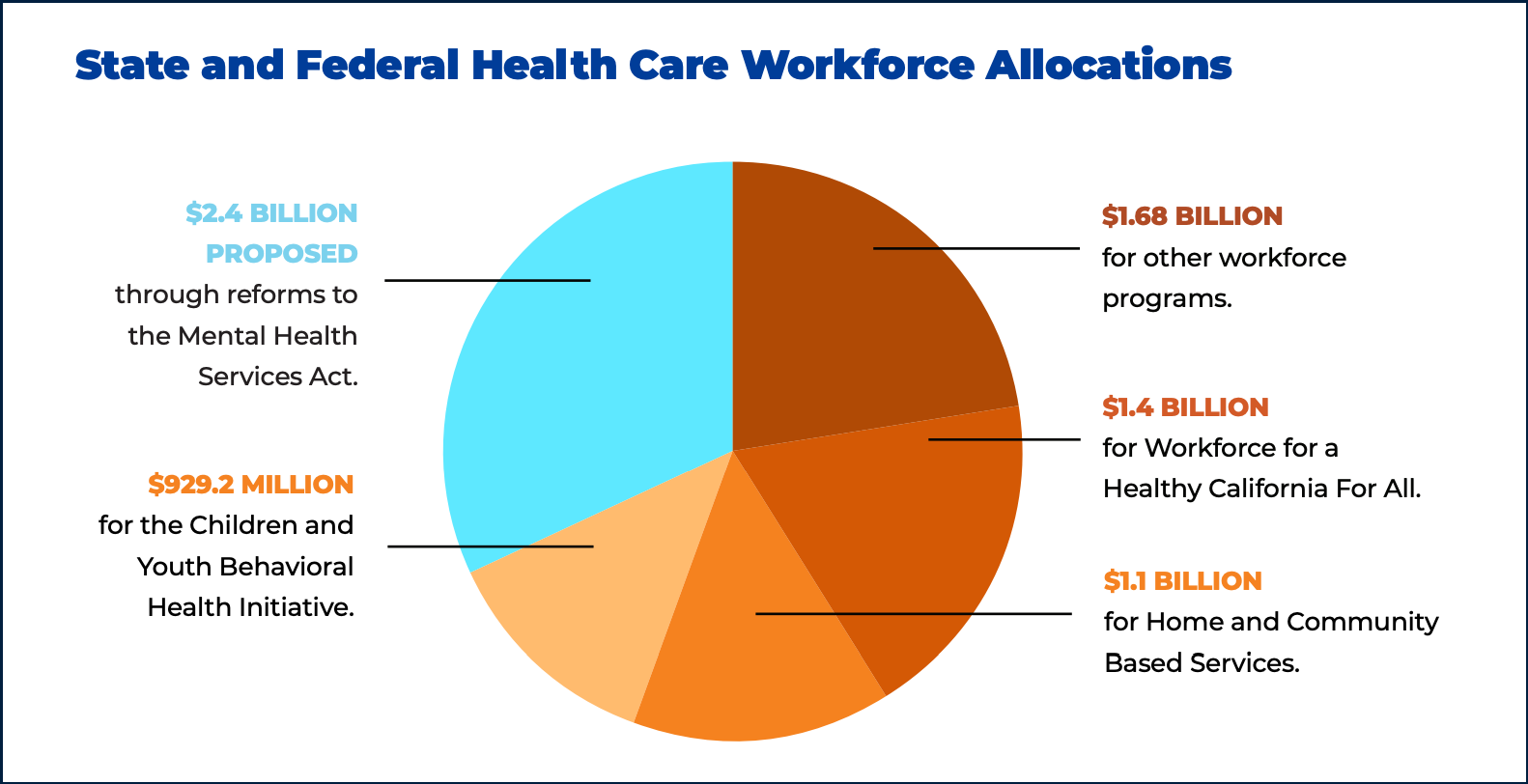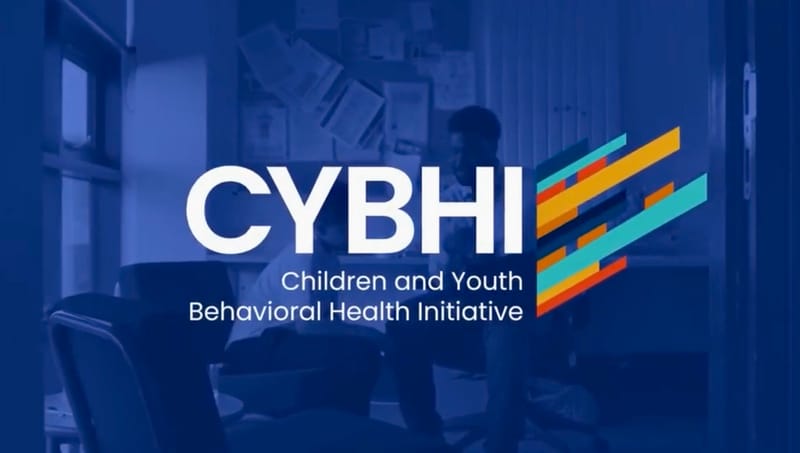California’s $28B Mental Health Movement: Understanding the long-term plan and its implications
California's Mental Health Movement is investing $28 billion to transform mental health services, expand access, and support children, adults, and the homeless. Explore the full plan here.
In October 2023, the State of California released a comprehensive framework aimed at addressing widespread behavioral health challenges across the state. Known as the Mental Health Movement, the plan outlined more than $28 billion in projected spending to expand access to treatment, overhaul outdated systems, and provide better care for some of the state’s most vulnerable populations.

Now, in 2025, this guide is intended to clarify the original commitments of the plan so that stakeholders—community members, researchers, journalists, and watchdogs—can measure progress and hold systems accountable.
Treatment and Housing for High-Need Populations
A central pillar of the 2023 plan, championed by Governor Gavin Newsom, was to increase treatment access and housing stability for people experiencing severe mental illness, substance use disorders, or homelessness.
"These reforms, and this new investment in behavioral health housing, will help California make good on promises made decades ago. We see the signs of our broken system every day – too many Californians suffering from mental health needs or substance use disorders and unable to get support or care they need. This will prioritize getting people off the streets, out of tents and into treatment.” -Governor Gavin Newsom
The plan outlined construction of approximately 24,800 beds and housing units, along with 45,800 outpatient treatment slots covering everything from inpatient psychiatric care to community-based counseling. Much of this expansion was tied to a $6.38 billion bond measure that would be used to create new residential and outpatient capacity throughout the state.

These efforts also coincided with the launch of CARE Court, a program designed to allow civil courts to order mental health treatment plans for individuals with untreated serious conditions. The bond measure and related reforms were discussed extensively in relation to the California Behavioral Health Bond (Proposition 1), passed by voters in 2024.
Mental Health in Schools and Youth-Focused Services
The Master Plan for Kids’ Mental Health, introduced as part of the larger 2023 initiative, aimed to embed behavioral health resources directly within public schools and youth services.
One component was the funding of mental health services in California schools, including behavioral health screenings, virtual counseling platforms, and expanded staffing. School districts had access to dedicated grants, and by 2025, some districts were still applying for funding through Calif2 behavioral health grant program.
The plan also supported a $100 million youth-led campaign to reduce stigma, $40 million in suicide prevention grants, and added support through county offices of education, many of which partnered with CalHOPE student services to offer mental health care on school campuses.
Access and Integration Across the Behavioral Health System
To reduce reliance on emergency rooms, jails, and institutional care, California began expanding access to mobile crisis units, transitional housing, and telehealth mental health services through the CalAIM reform initiative.
These changes aimed to connect people with services earlier—before they reached a point of crisis. The CalAIM rollout also included new behavioral health options for justice-involved individuals, veterans, and older adults. The state’s growing support for community-based care for justice-involved Californians aligned with ongoing reforms to how state hospitals handled cases of individuals deemed incompetent to stand trial.
California also committed over $1 billion to address the opioid crisis, focusing on treatment, overdose prevention, and public awareness. As part of the Fentanyl and Opioid Master Plan, the state began subsidizing access to naloxone through CalRx and exploring state-supported options for addiction care.
Workforce Expansion and Shortage Mitigation
Recognizing that expanded care would require additional staffing, the state committed $7.5 billion to health care workforce development, including both behavioral and physical health roles.

Through partnerships with public colleges and new licensing incentives, the plan aimed to train more than 65,000 new health workers.
California's Board of Psychology licensing changes in 2025 were one piece of the state’s broader effort to streamline credentialing and improve geographic access to services.
Financial support included loan forgiveness programs and workforce grants targeted at increasing cultural and linguistic diversity in behavioral health care. These incentives were meant to help ensure that services could be delivered not just in urban centers, but in rural and underserved communities as well.
Governance, Accountability, and System Reform
The 2023 plan also proposed changes to how mental health funds were managed and tracked at the county level. It required counties to submit unified behavioral health funding plans, replacing fragmented and overlapping program budgets with a single point of accountability.
The state introduced new transparency measures and data reporting requirements, pushing counties to engage communities in identifying local needs and tracking outcomes. These updates were part of a broader effort to align all funding streams under the reformed Mental Health Services Act (MHSA).
The legislative push for system-level reform came alongside other workplace and labor updates, including new laws intended to protect workers from coercion during political or religious discussions. This effort intersected with the California Worker Freedom from Employer Intimidation Act (SB 399), which was signed into law during the same period.
Looking Ahead
The 2023 Mental Health Movement laid out goals meant to be implemented over several years. Now, two years later, progress varies across regions and programs. This guide summarizes the state’s original commitments so that residents, health professionals, and reporters can better monitor what has—or has not—been accomplished.







